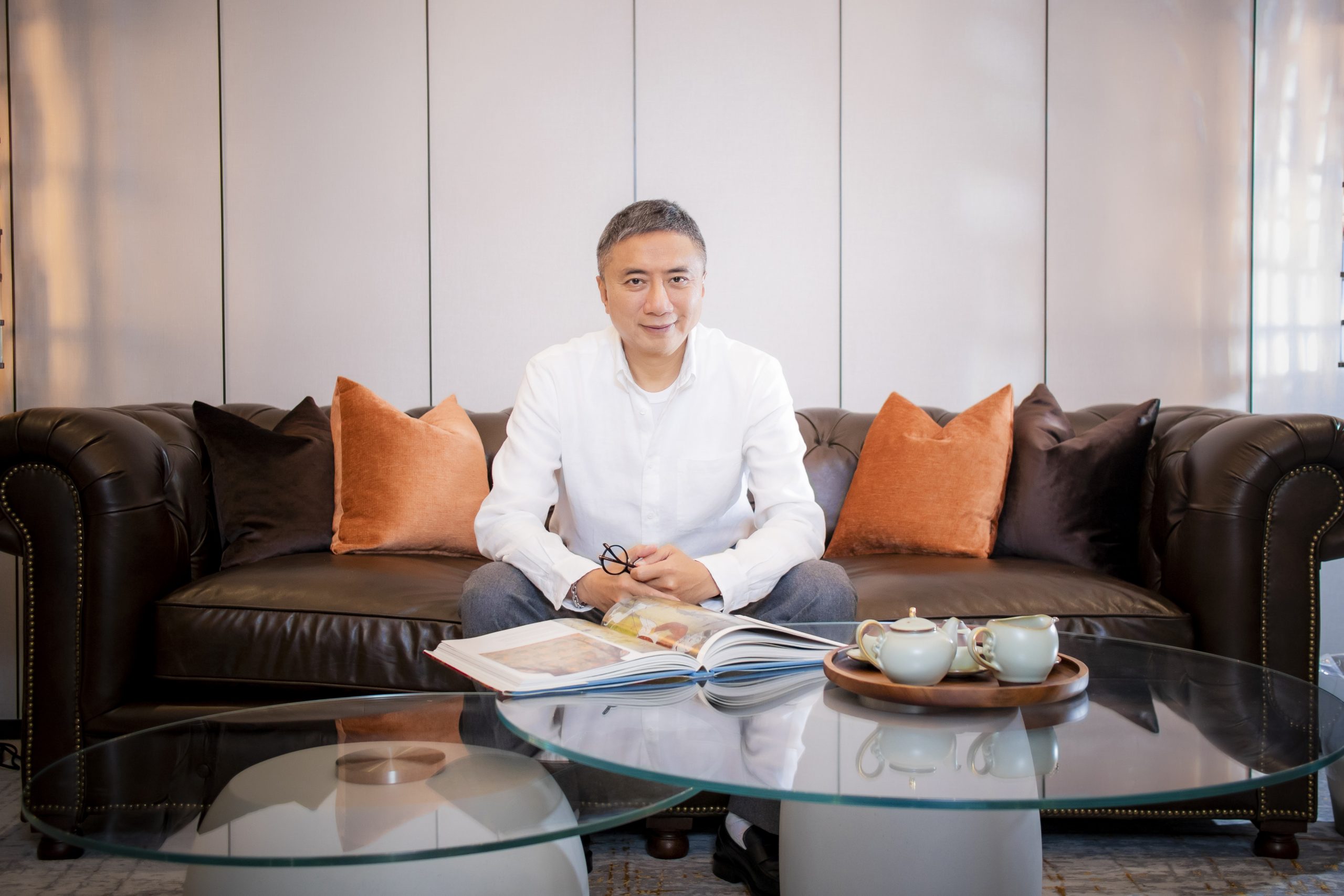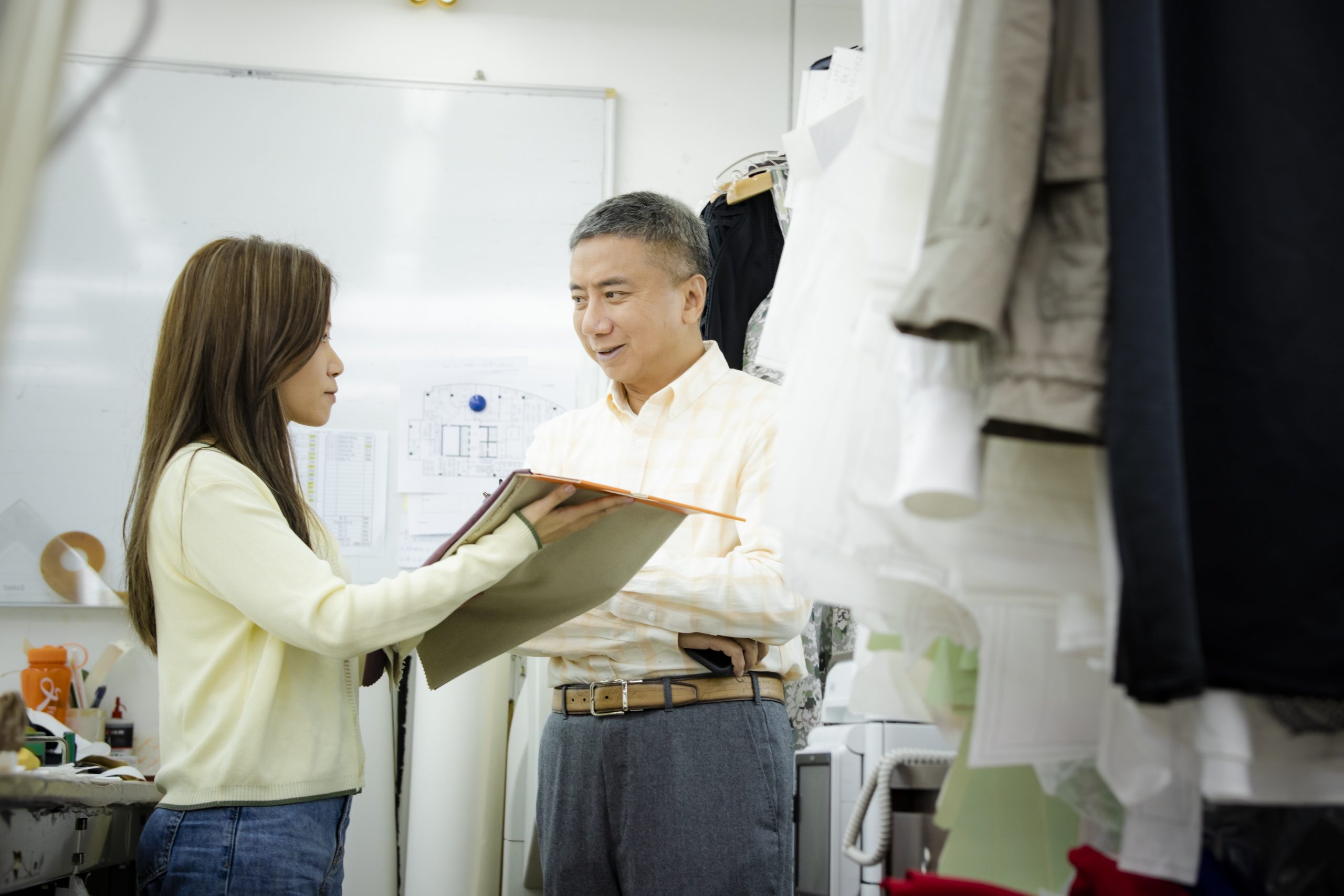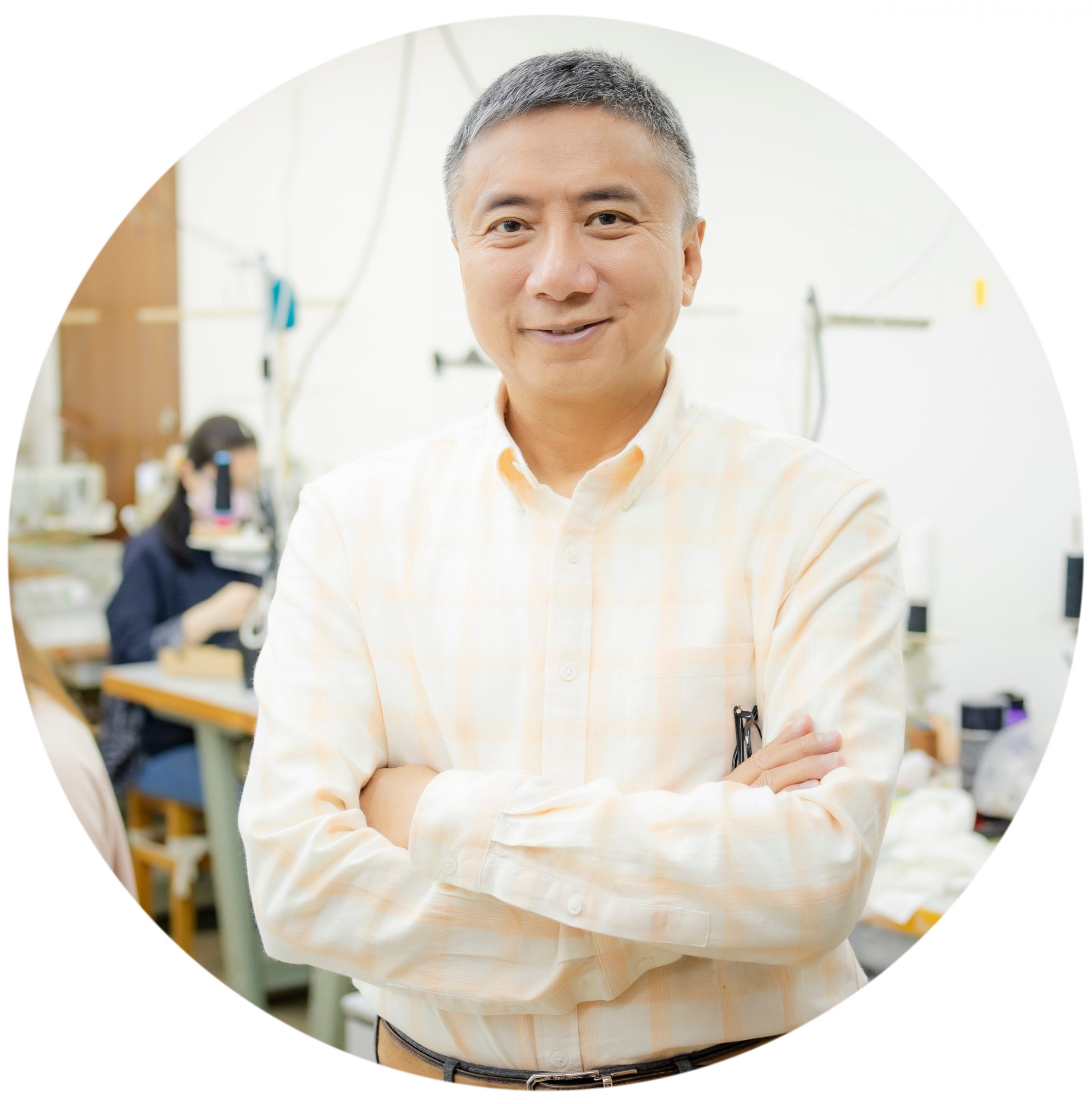
Andrew Hui
Founder, Owner, and President , PFG
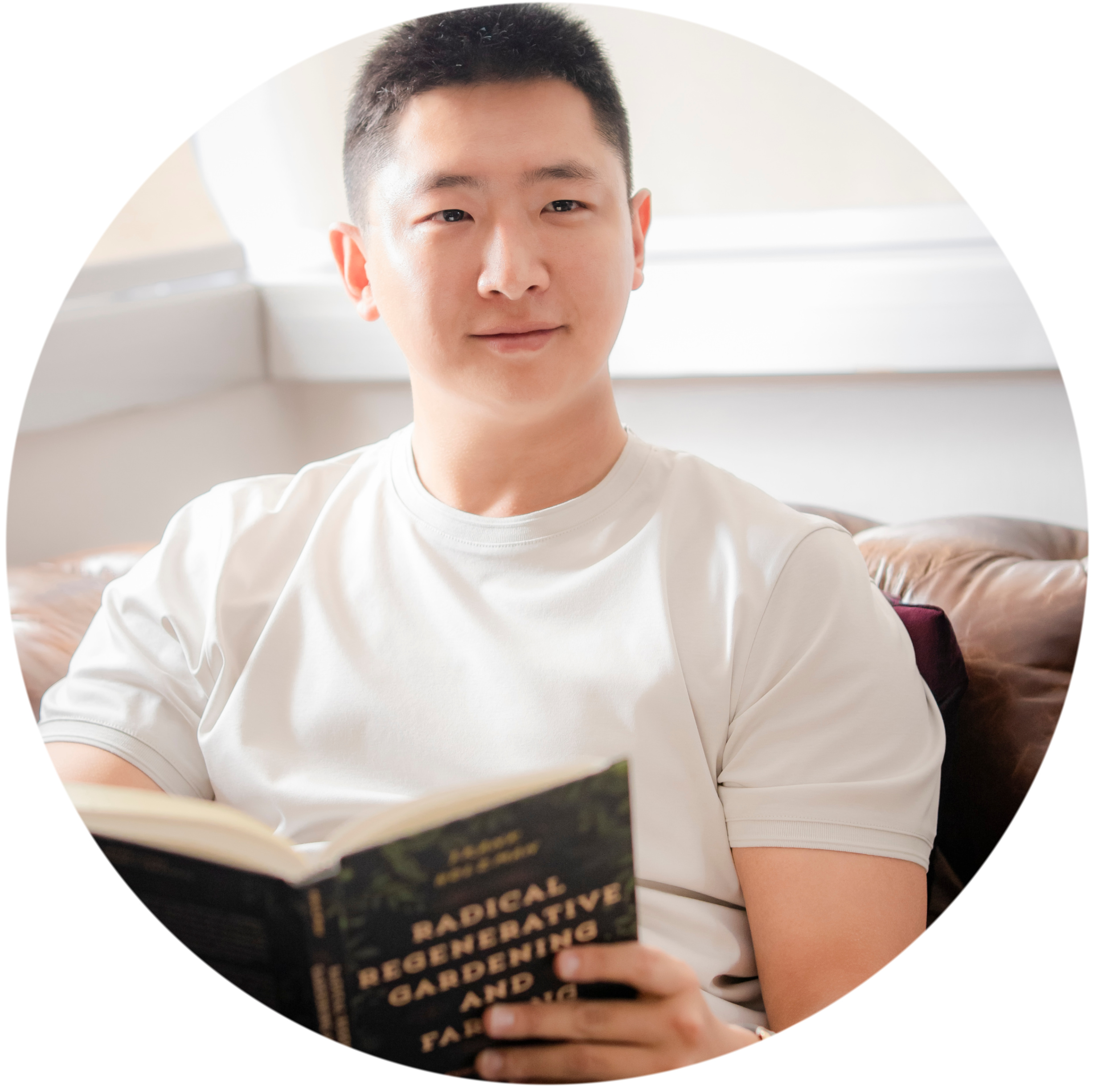
Hilmond Hui
Vice President, PFG

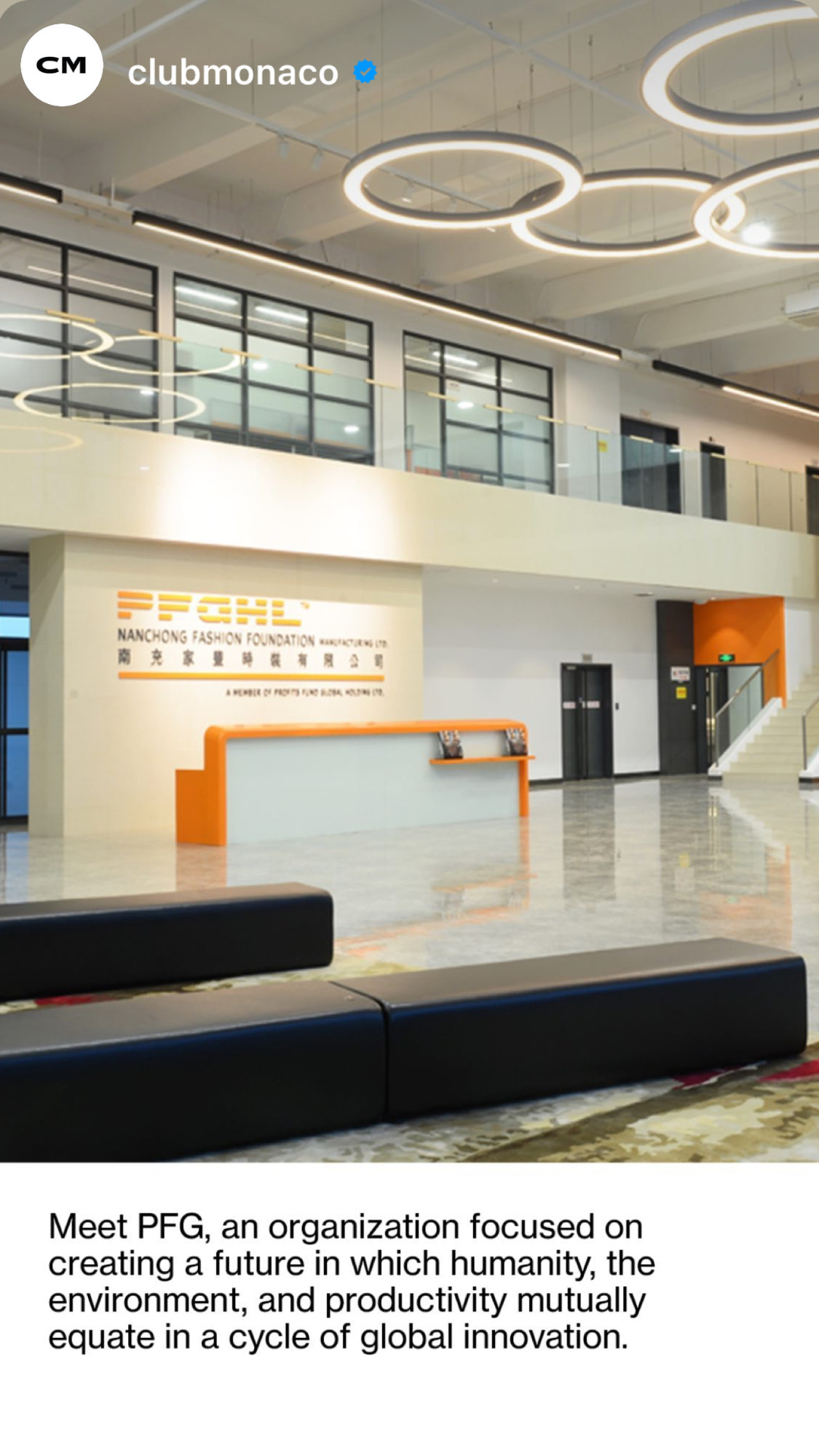
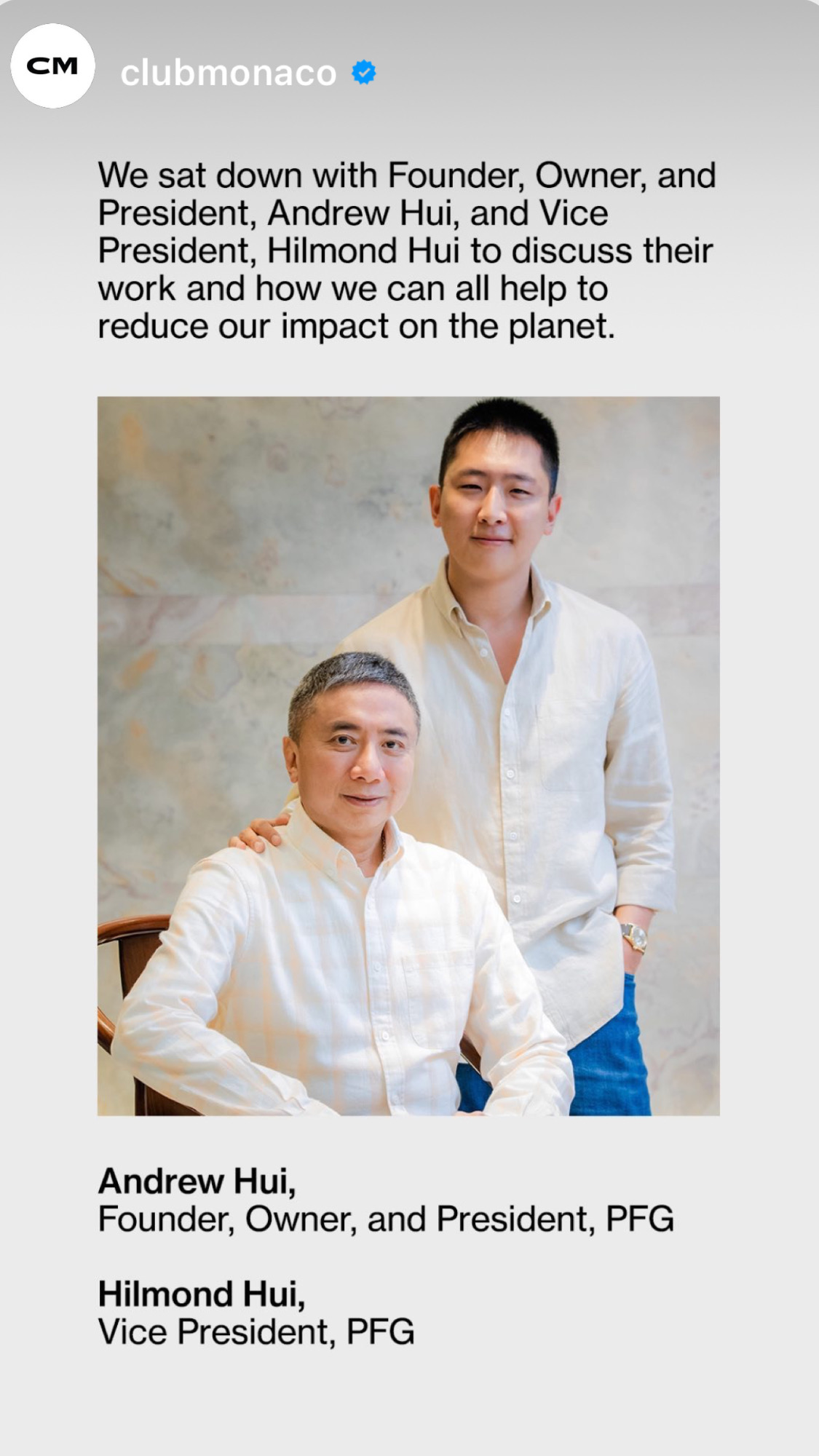
How you’re leveraging regenerative agriculture? What are the benefits both throughout the process, as well as to the end consumer?
To us, regenerative agriculture is not only a way to ease transition, but it also helps farmers increase their income in a natural way. Farmers diversify their income into variable sources with intercropping and are no longer bound by the ups and downs of a single crop market. Eventually, as we continue to aid the land in its’ regeneration, I personally expect that yield will naturally increase to beyond conventional levels, which in turn further increases farmers’ incomes. Not only will we save on having to purchase synthetic inputs, we will be a part of an environment where things protect one another, and support each other’s success. As for the consumer, better crops and better environment mean higher quality. These silkworms are true divas. Too warm, too cold, too humid, too dry, they don’t perform. The leaves they eat better be of the best quality, otherwise again, they won’t give you the best silk. Think of them as athletes and the leaves are their food. If Tom Brady is looks for produce farmed with regenerative agriculture practices to maximise his performance, the finest silk comes from the most comfortable and well spoiled silkworms. That’s why our silkworms live on the farm, just steps away from the leaves so, they can have fresh, never frozen, farm to table organic leaves to feast on. Then of course, wouldn’t the consumer feel so great if they knew the garment they chose to spend their hard earned money on doesn’t just limit the negative impact it has, but plays a part in reversing it?
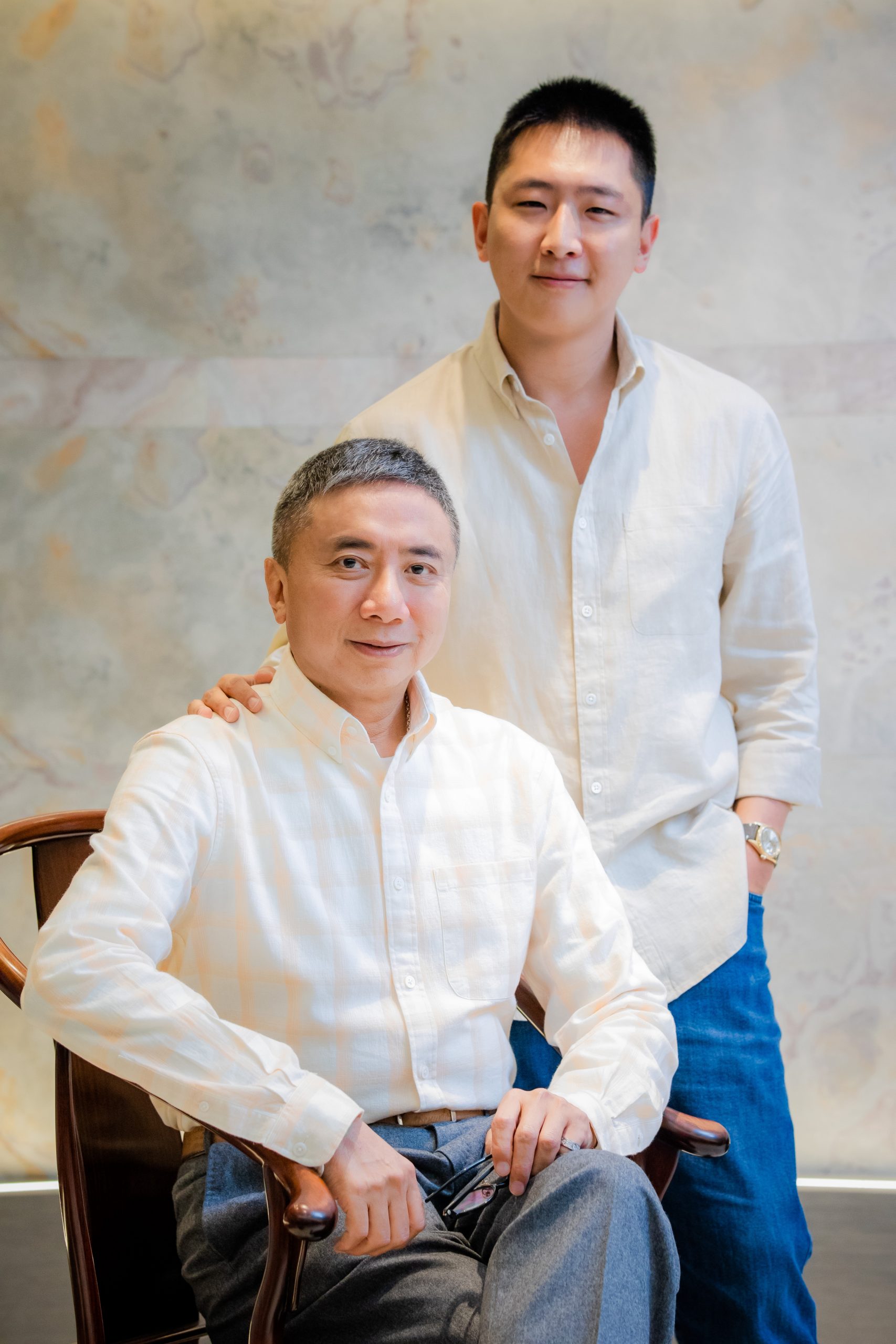
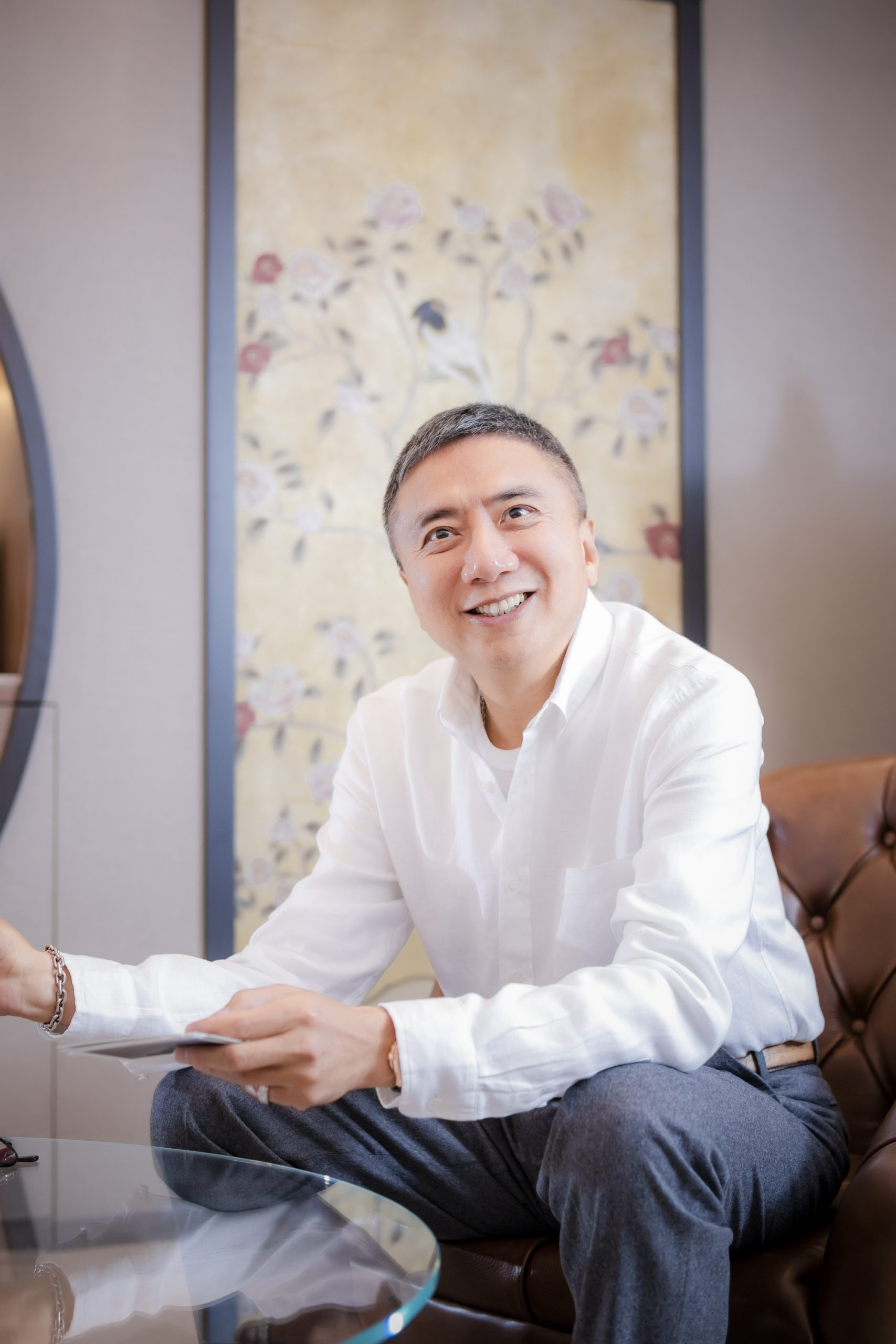
HH: A lot of the discussion we’re seeing regarding sustainability is more focused on two kinds, Environment and then Social. Not necessarily in that order. However, the last that tends to be forgotten is Economic Sustainability. As businesses, we have to keep in mind the cost and investment we are making when implementing changes. We also have to consider those within the supply chain and ensure that they too will economically benefit from the journey we are taking them on. Once complete, we will own the entire supply chain from soil to shelf which will cut out all the middle men with commissions compounding on top of one another allowing us to expand our margins for things like bonuses to our workers, research and development, further sustainability innovations, and to offer our product at competitive price. Our regenerative agriculture principles are meant to create an environment where various crops and ecosystems thrive, increasing yield, resulting in higher income for our farmers. In production, we have to find the efficiencies that keeps costs within business sense. It wouldn’t make sense for us to do any of what we’re doing if our brand partners cannot afford, and it certainly would inhibit progress of the end consumer were unable to afford our product. Our hope is we can offer our product, along with all the impact it’s making, at similar prices as conventional so the choice becomes easy. With all three aspect in the same product, The Holy Trinity, championing sustainability becomes easy decision. That’s why we call it Aspirational Silk.

